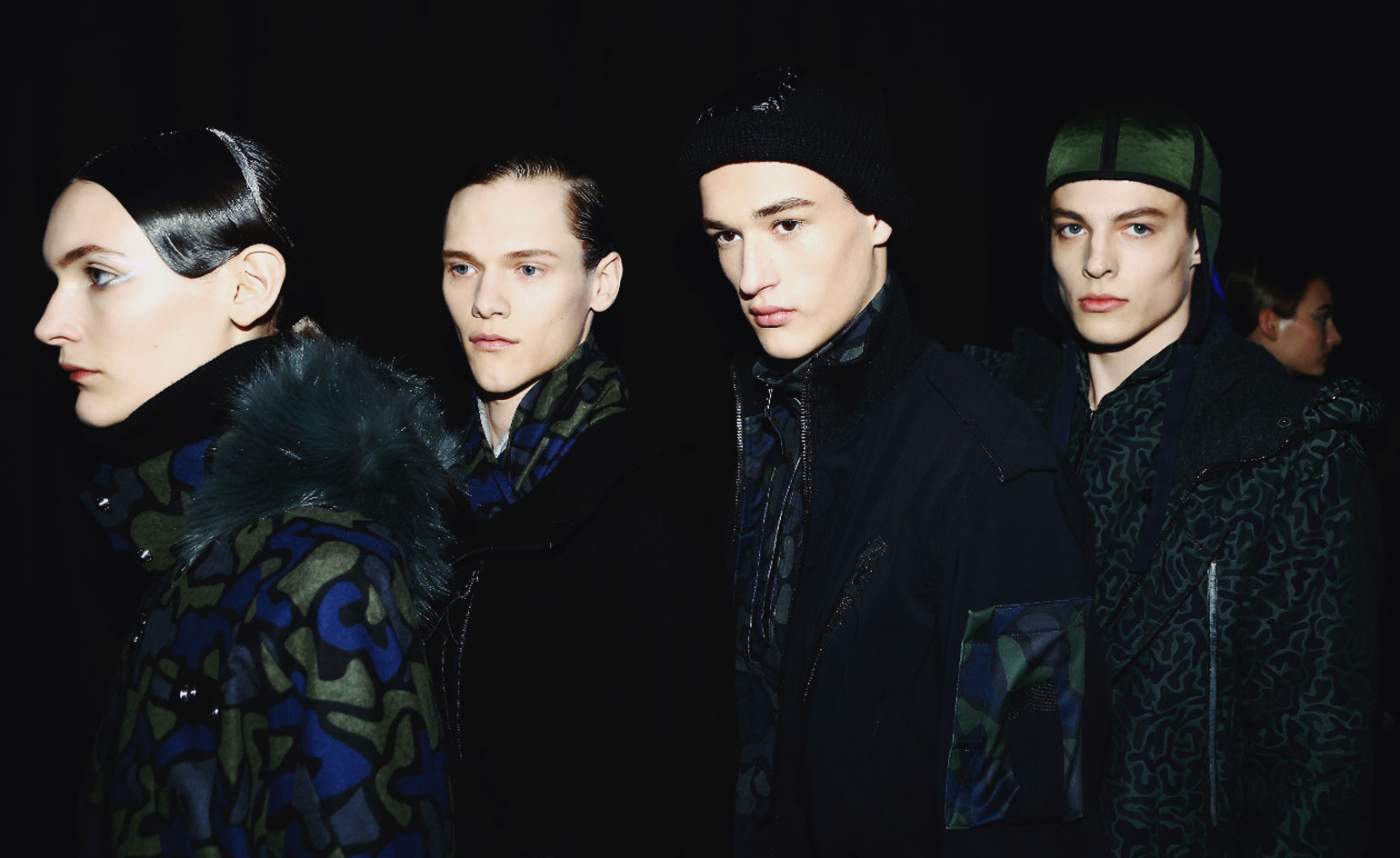Great strides: new exhibition retraces the footsteps of Mallorcan shoe brand Camper
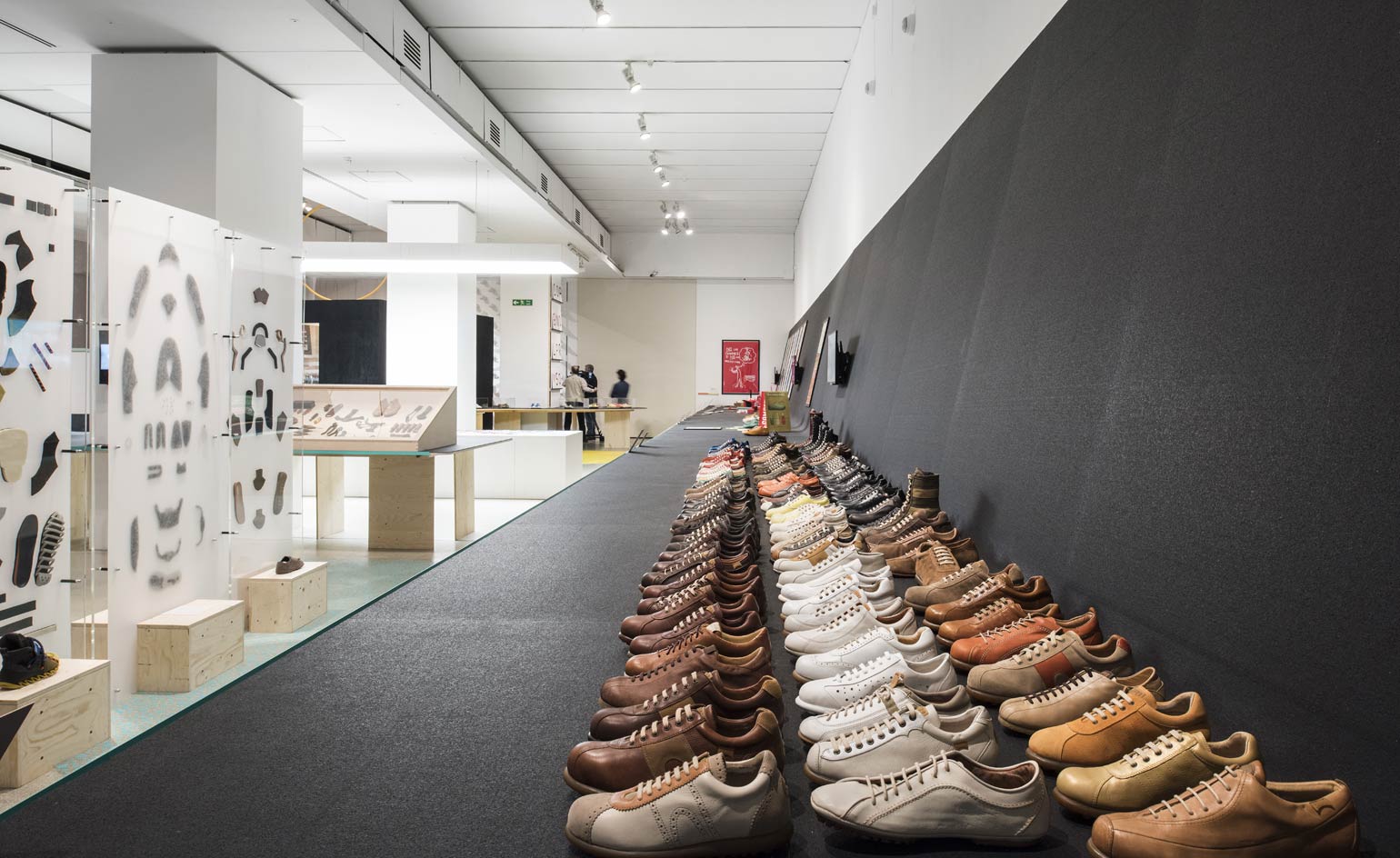
The end of General Franco’s 36-year dictatorship and nationalist censorship in 1975 opened the doors to a new era of individual liberties across Spain. It was during this time that Mallorcan entrepreneur Lorenzo Fluxà took it upon himself to distil a century’s worth of family shoemaking know-how into an idiosyncratic footwear brand that has kept design and diversity at its core.
Named Camper, ‘peasant’ in Catalan, its moniker reflects the humble shoe’s role in keeping us connected to the ground, while also respecting the urban brand’s Balearic roots. Forty years on, Lorenzo’s son, Miguel Fluxà, now heads the Inca-based family business that sells 4m pairs of shoes a year, across a revolutionary retail network that includes 400 stores in 40 countries.
‘The clarity of Camper’s vision from the beginning was remarkable given the time and location,’ says London Design Museum curator Pete Collard, who spent much of the past winter exploring the brand’s archive in preparation for its 40th anniversary exhibition ‘Life on Foot’, which opened 13 May and featured in our June issue (W* 195). ‘From the start, Lorenzo Fluxà developed a radical creative philosophy for his new company, showing an explicit understanding that the ways in which customers saw and engaged with his company needed to go beyond the shoes themselves.’
Living up to that legacy, the immersive exhibition traces Camper’s innovative product development (the ball-soled ‘Pelotas’ model has sold 11m pairs, while the non-symmetrical pairing ‘Twins’ has been a footwear game-changer), avant-garde communications, exploratory CamperLAB stores and cutting-edge Camper Together programme. The latter is a model of collaboration between the brand and leading international designers and architects – including Michele De Lucchi, the Campana Brothers, Kengo Kuma, Nendo and Jaime Hayon – who’ve dreamed up new products and one-of-a-kind concept stores.
In Melbourne, Marko Brajovic’s shop is dominated by thousands of red shoelaces hung from the ceiling, while Nendo’s Madrid space features rows of white trainers fixed to its walls. By contrast, Kengo Kuma’s Milan boutique is composed of a simple plywood assembly system, which hides a very sophisticated lighting network inside. ‘We worked with Mario Nanni of Viabizzuno,’ says Kuma. ‘I was astonished when I learned that the wiring for the lighting could be set in the thin plywood.’ The co-existing duality of basic and complex eloquently depicts Camper’s attitude to design. ‘They don’t hesitate,’ says Nendo’s Oki Sato.
The unifying symbol of this retail empire is the iconic Camper bridge logo and a bold communications strategy. ‘During our research we found some original Nathalie Du Pasquier shoe boxes from the 1980s,’ says Collard. It turned out that in 1985 the Memphis designer created a series of illustrative boxes for the brand. ‘Diversity is part of our brand identity and we feel comfortable with it,’ says Fluxà. His father’s original graphic ‘conspirators’ Carlos Rolando and Joaquín Lorente paved the brand’s nonconformist communications approach. A freedom that would later inspire designer Shubhankar Ray’s ‘The Walking Society’ campaign and ‘Walk, Don’t Run’ slogan, along with current creative director Romain Kremer’s S/S15 ‘Mortimer’ digital avatar campaign.
This graphic heritage led Camper and the Design Museum to work with Universal Design Studio on the exhibition’s physical build, and seasonal campaign collaborator, A Practice for Everyday Life (APFEL), on the show’s graphic treatments. ‘Their bridge logo remains a constant across their materials, so it ties everything together in quite a subtle way,’ says APFEL director Kirsty Carter. The same bridge, which represents the brand’s raised foundation, also welcomes visitors inside: ‘It was an important idea throughout the exhibition’s design to direct visitors’ attention down towards their feet. So the famous Pelotas sole has been translated into a large floor pattern, encouraging visitors to think about the act of walking.’
‘Forty years ago Camper started with the concept of casual shoes as an alternative to the sneaker world that was booming,’ says Kremer, charged with Camper’s new design footprint. ‘Today the casual shoe is everywhere, from luxury brands to sports brands, and I want to push the limits of casual and comfort, the hybridisation of classics and technology. The challenge is to keep questioning the meaning of casual.’
To read more about the history of Camper, pick up the June 2015 issue of Wallpaper* - out now
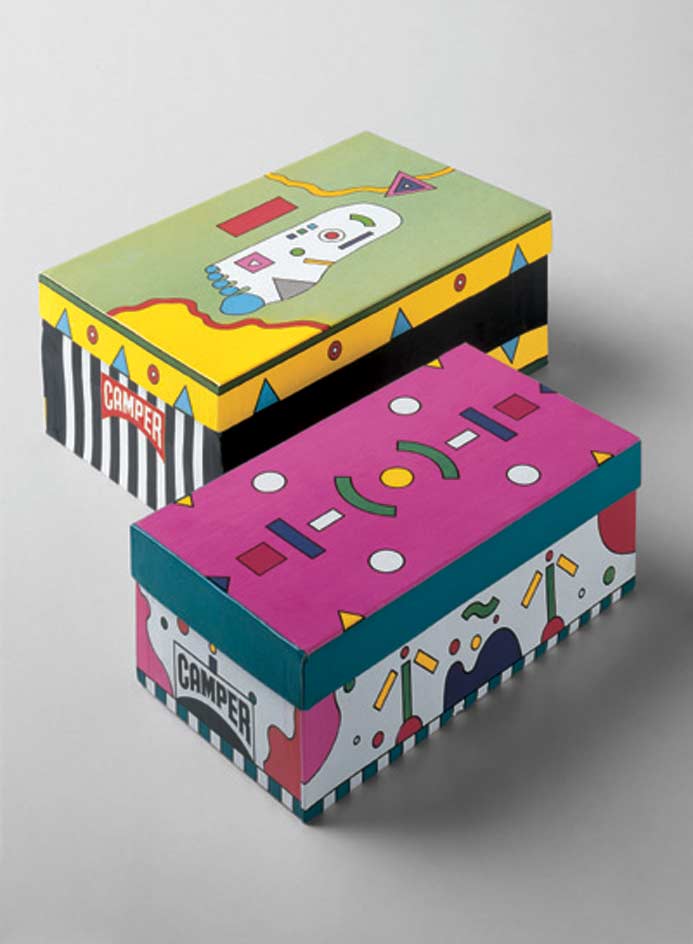
The unifying symbol of this retail empire is the iconic Camper bridge logo and a bold communications strategy. Pictured here, some original Nathalie Du Pasquier shoe boxes from the 1980s.
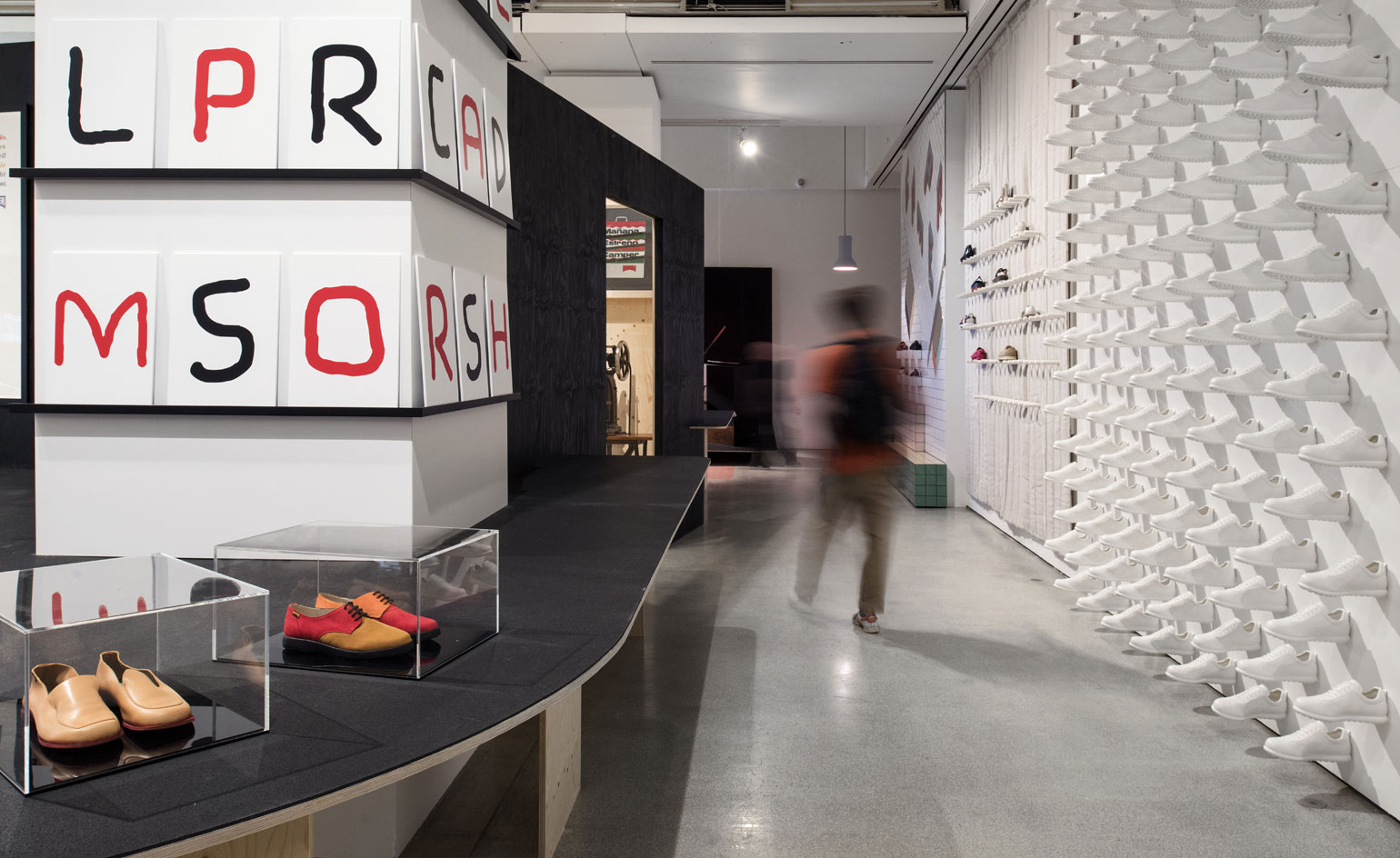
The immersive exhibition traces Camper’s innovative product development. ‘The clarity of Camper’s vision from the beginning was remarkable given the time and location,’ says Collard.
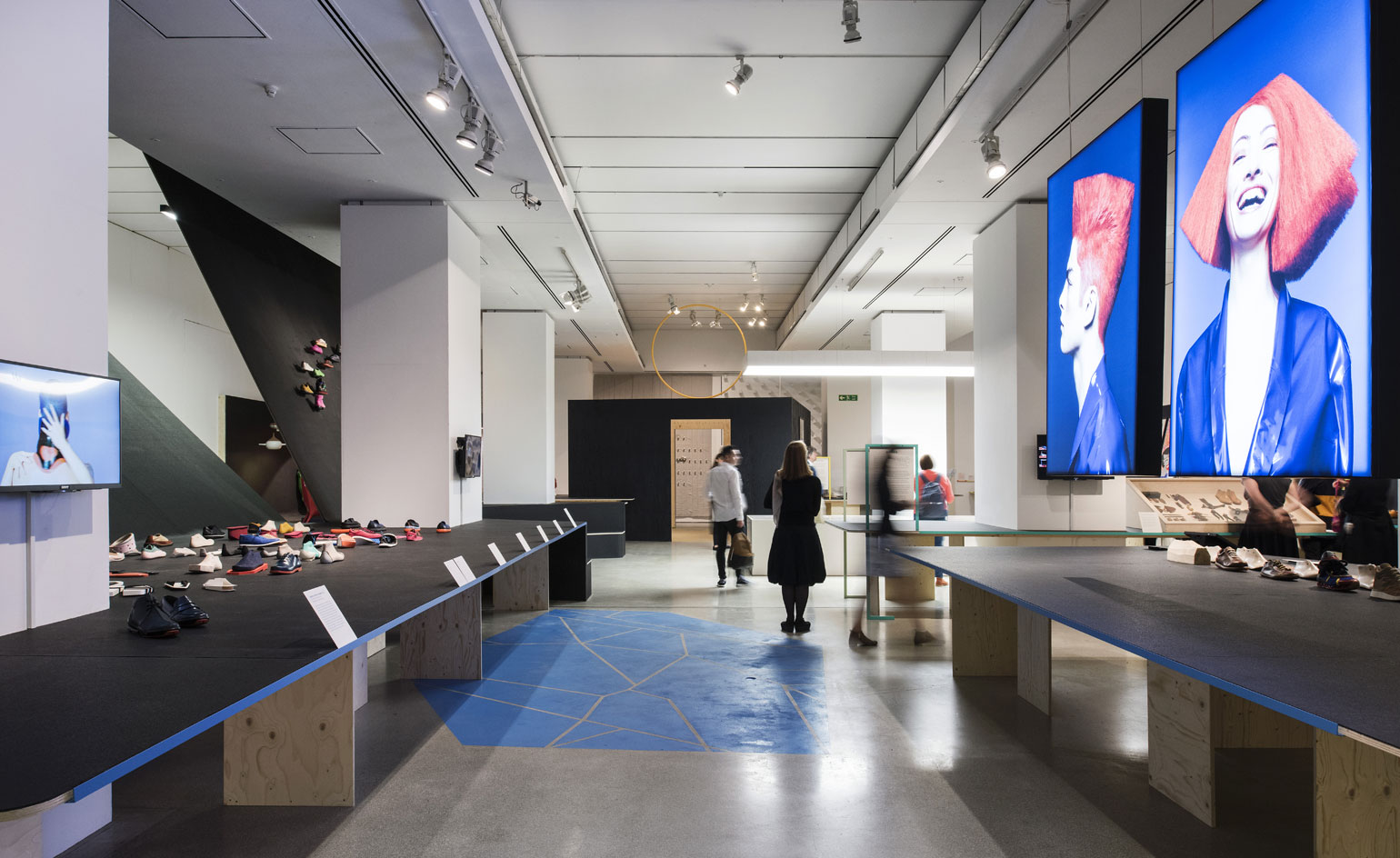
‘From the start, Lorenzo Fluxà developed a radical creative philosophy for his new company, showing an explicit understanding that the ways in which customers saw and engaged with his company needed to go beyond the shoes themselves,’ he continues.
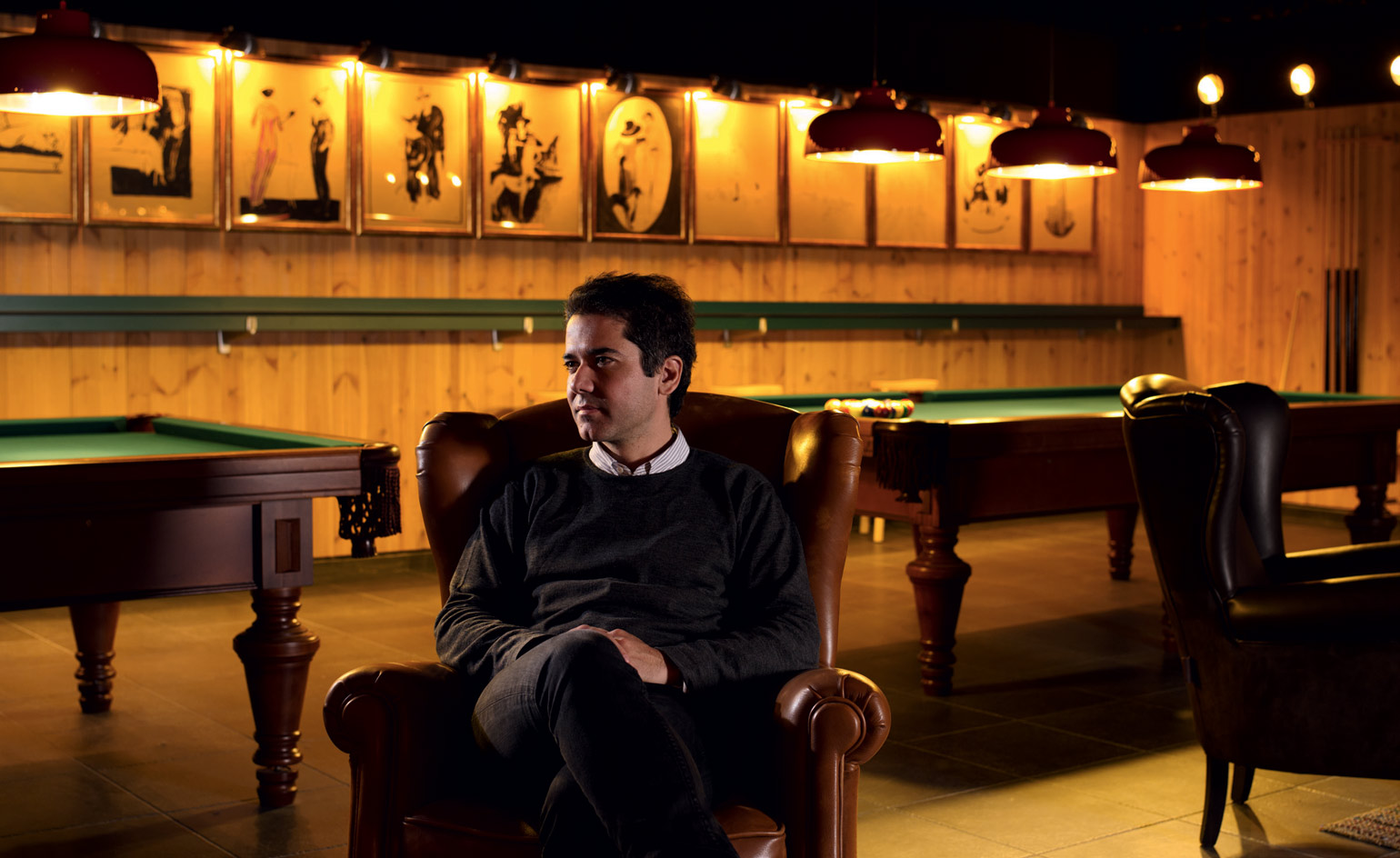
Camper CEO Miguel Fluxà in the new pool bar at Barcelonas’ Casa Camper Hotel, which has just undergone a refurbishment by its original original designer Fernando Amat.
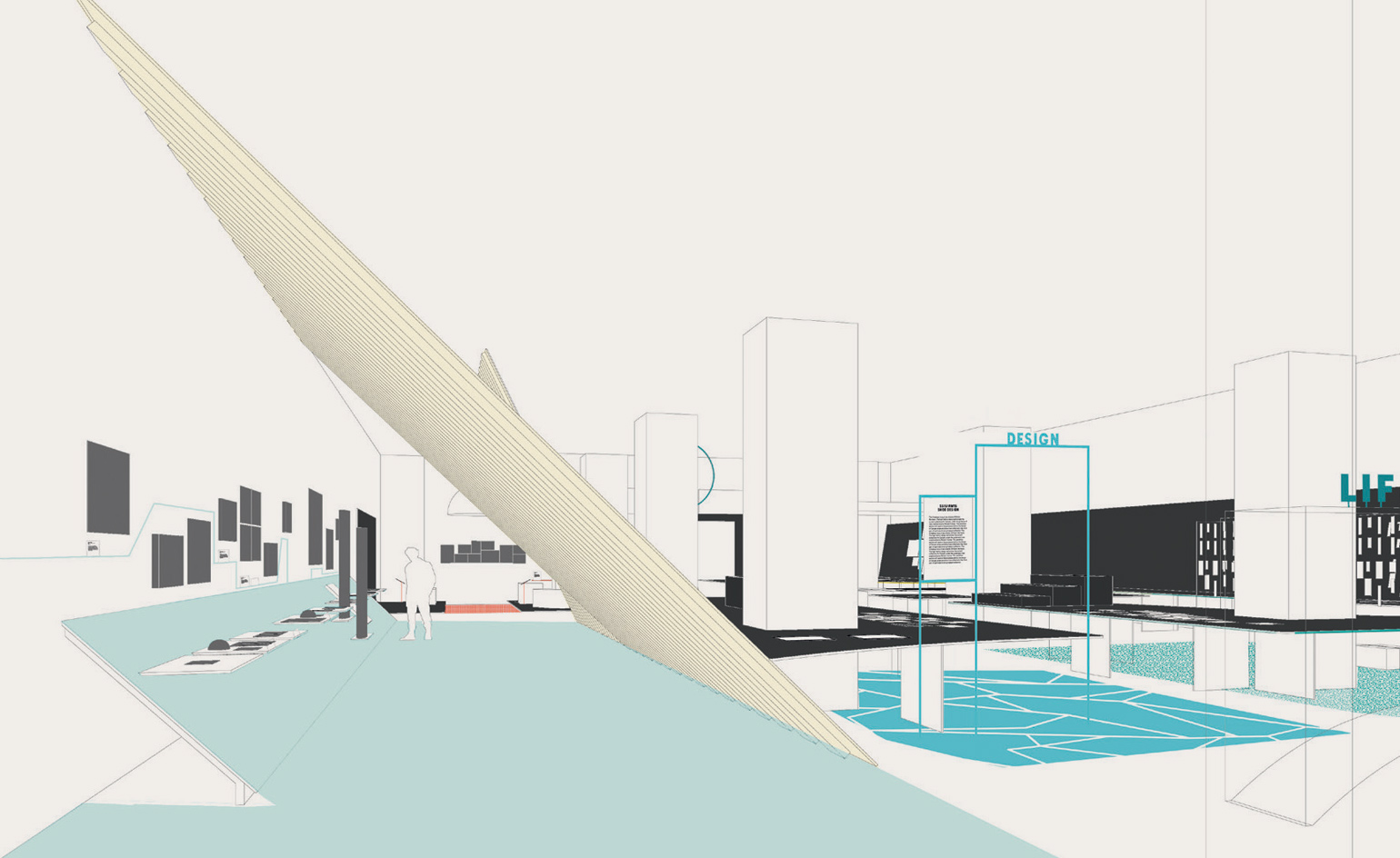
A rendering of the 'Life on Foot' show space at the Design Museum, London.
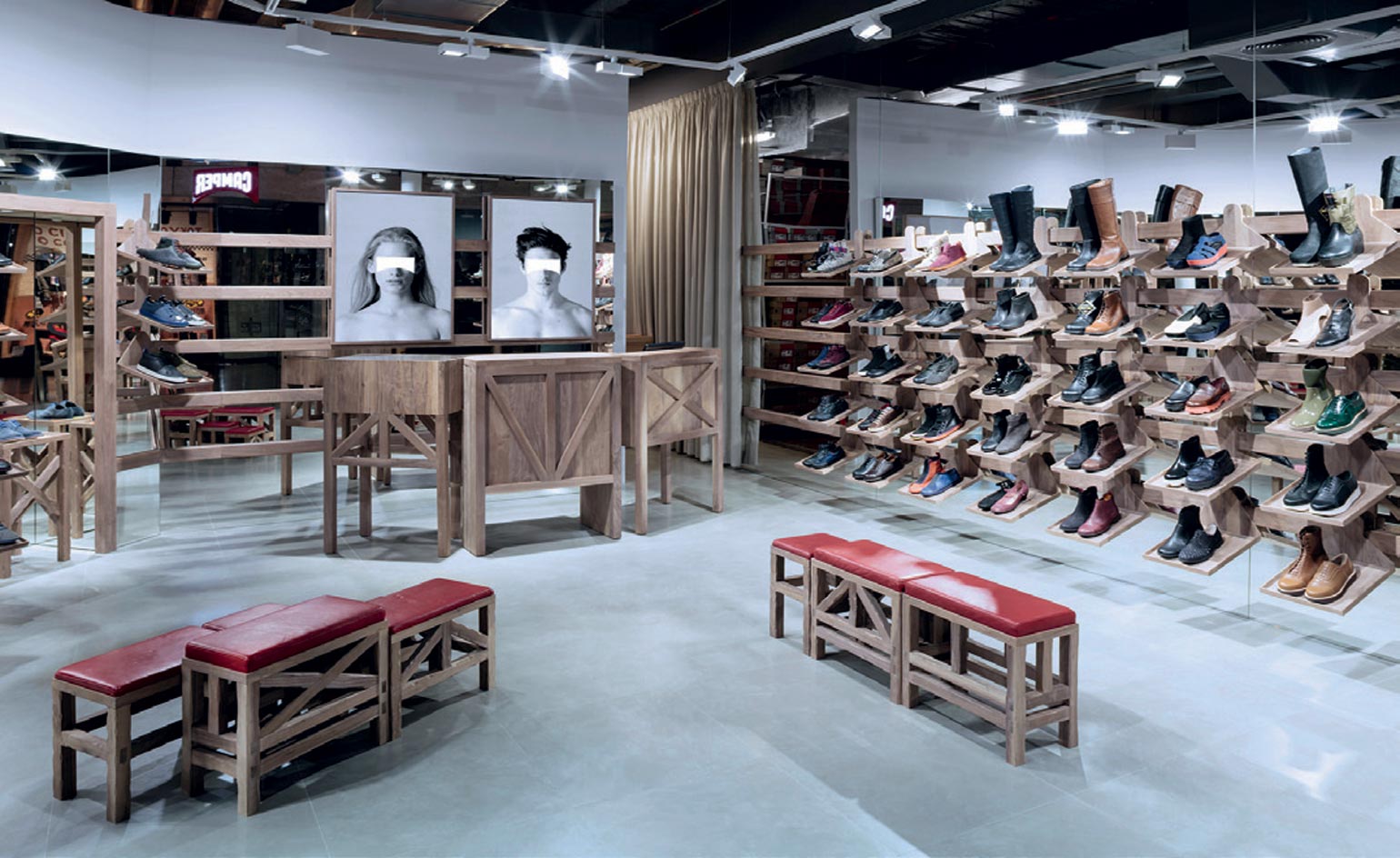
Living up to that legacy, the immersive exhibition at London's Design Museum traces Camper’s innovative product development, avant-garde communications, exploratory CamperLAB stores and cutting-edge Camper Together programme. Pictured here, the Brabd's one-of-a-kind concept store by Michele De Lucchi in Barcelona.
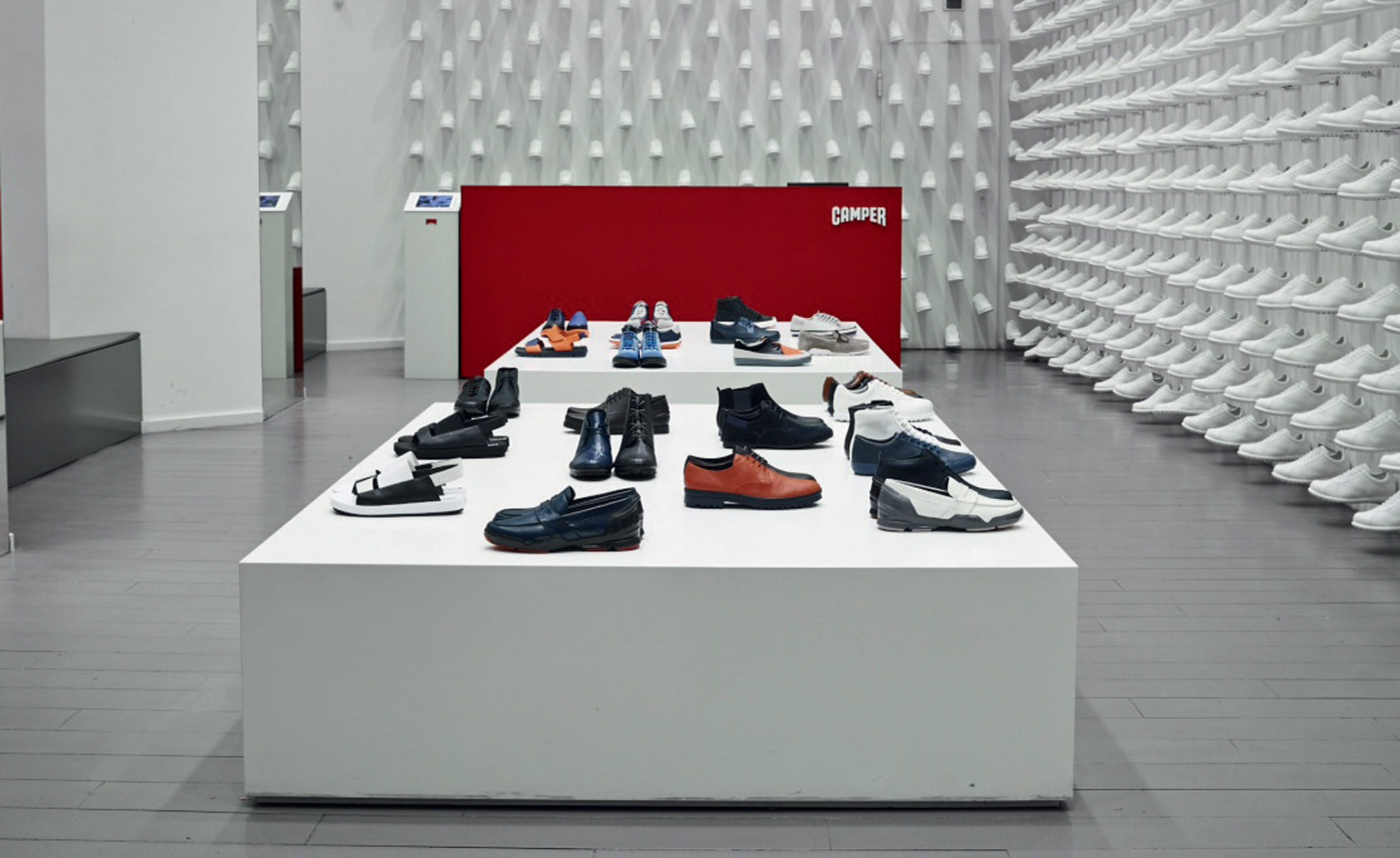
Nendo’s Madrid space for Camper features rows of white trainers fixed to its walls
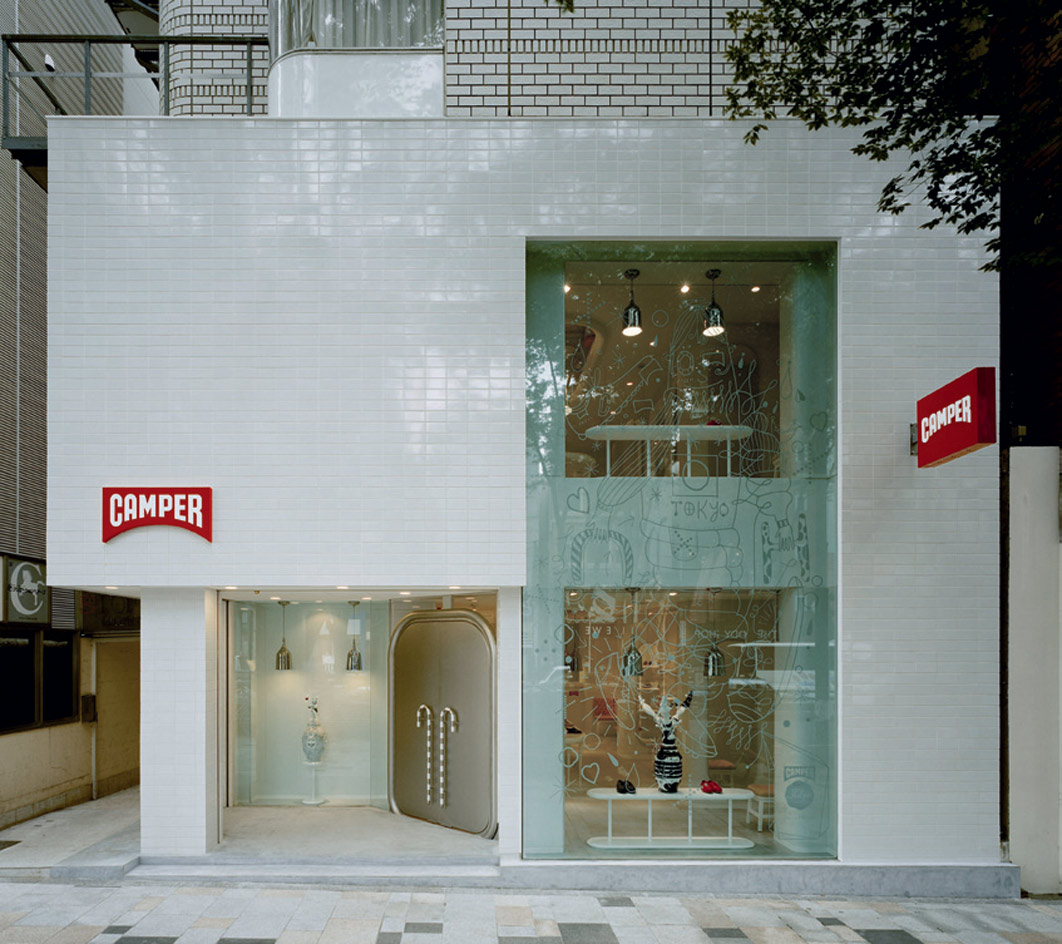
When Camper started opening shops outside of Spain in the mid-1990s, they decided that it was more interesting to have the concept of unique store designs. Pictured is Jamie Hayon's Tokyo store
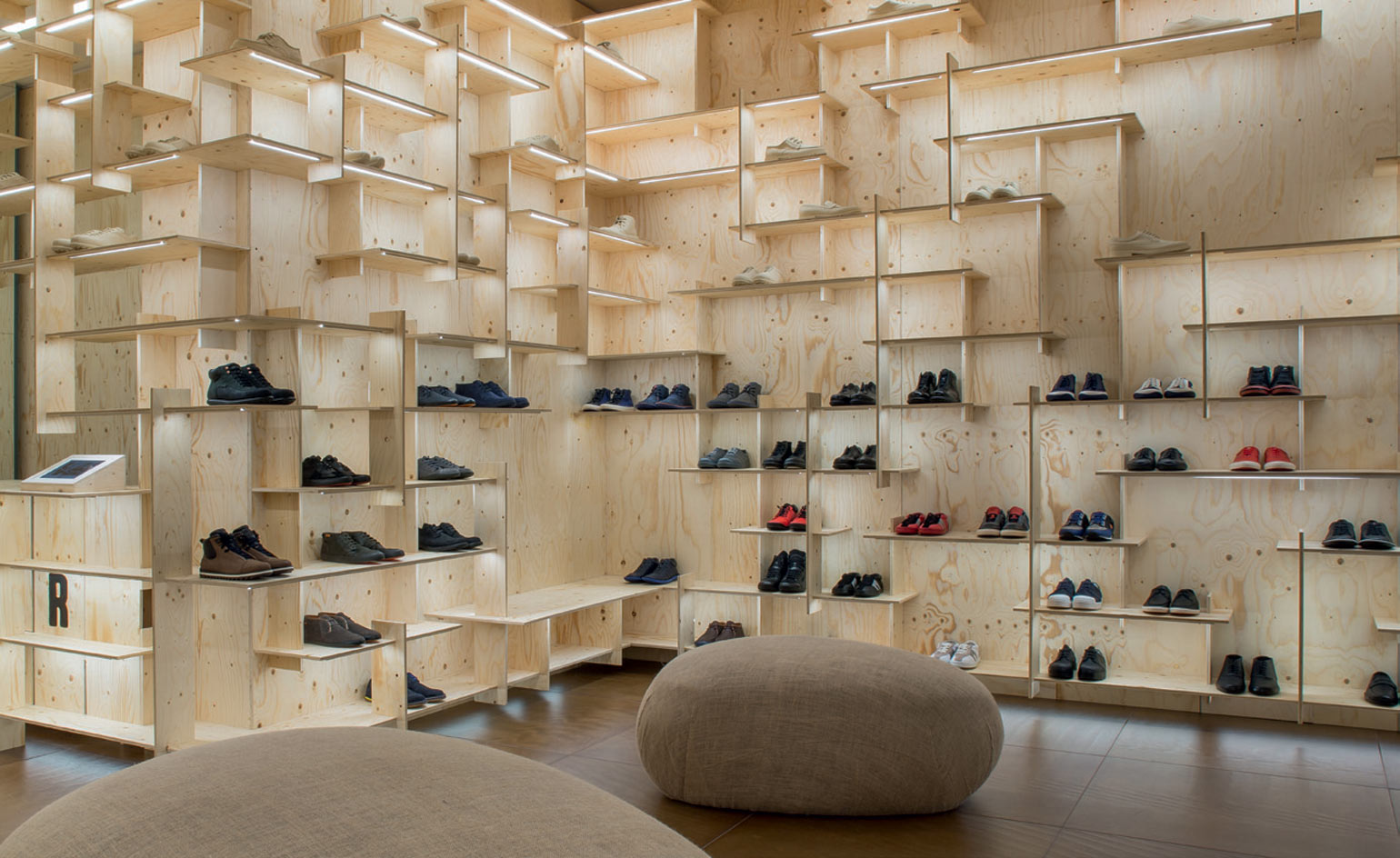
Kengo Kuma’s Milan boutique is composed of a simple plywood assembly system, which hides a very sophisticated lighting network inside.
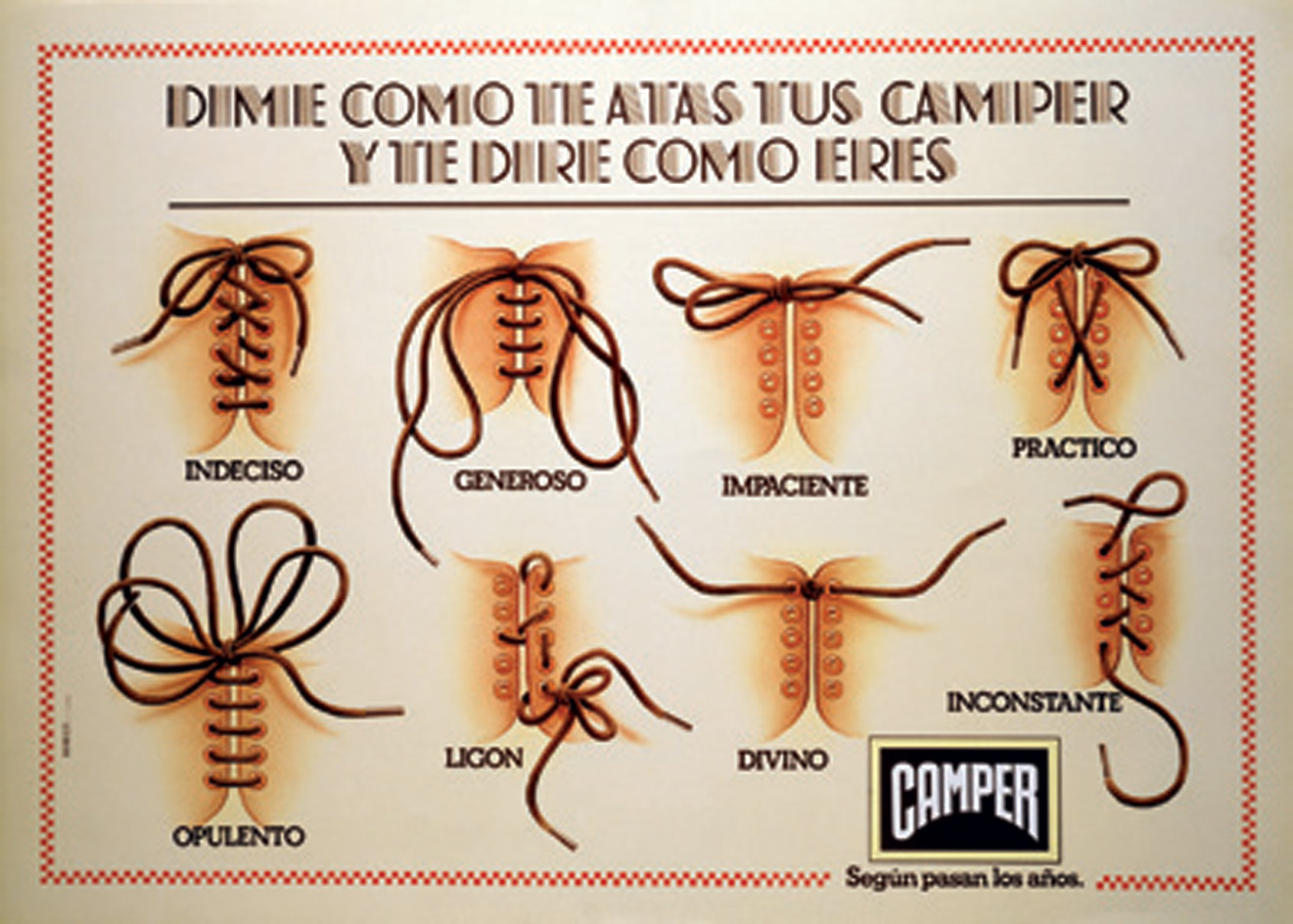
Camper’s classic ad campaign and posters include this illustration by Juan Ors, 1980
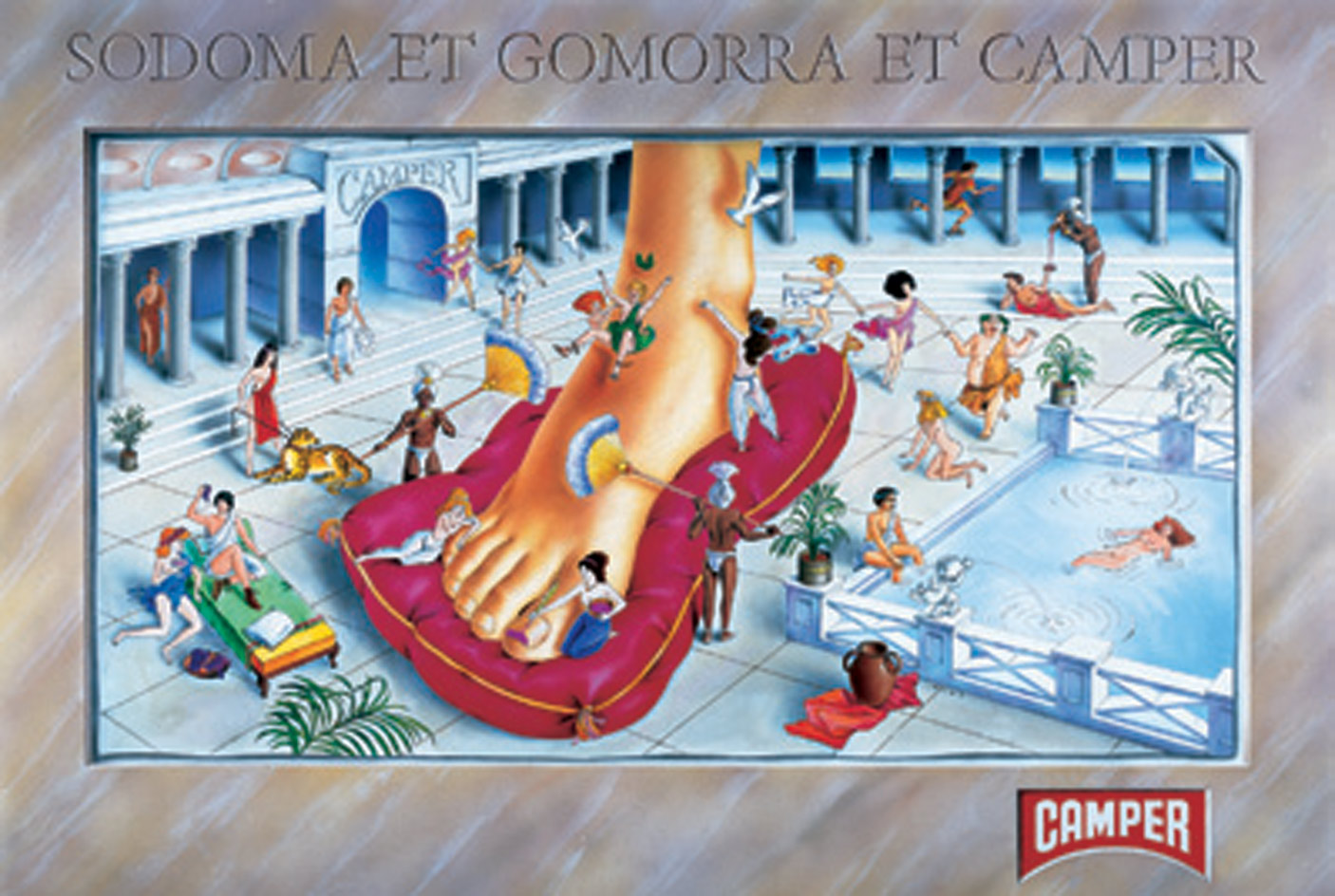
‘Forty years ago Camper started with the concept of casual shoes as an alternative to the sneaker world that was booming,’ says Kremer, charged with Camper’s new design footprint.
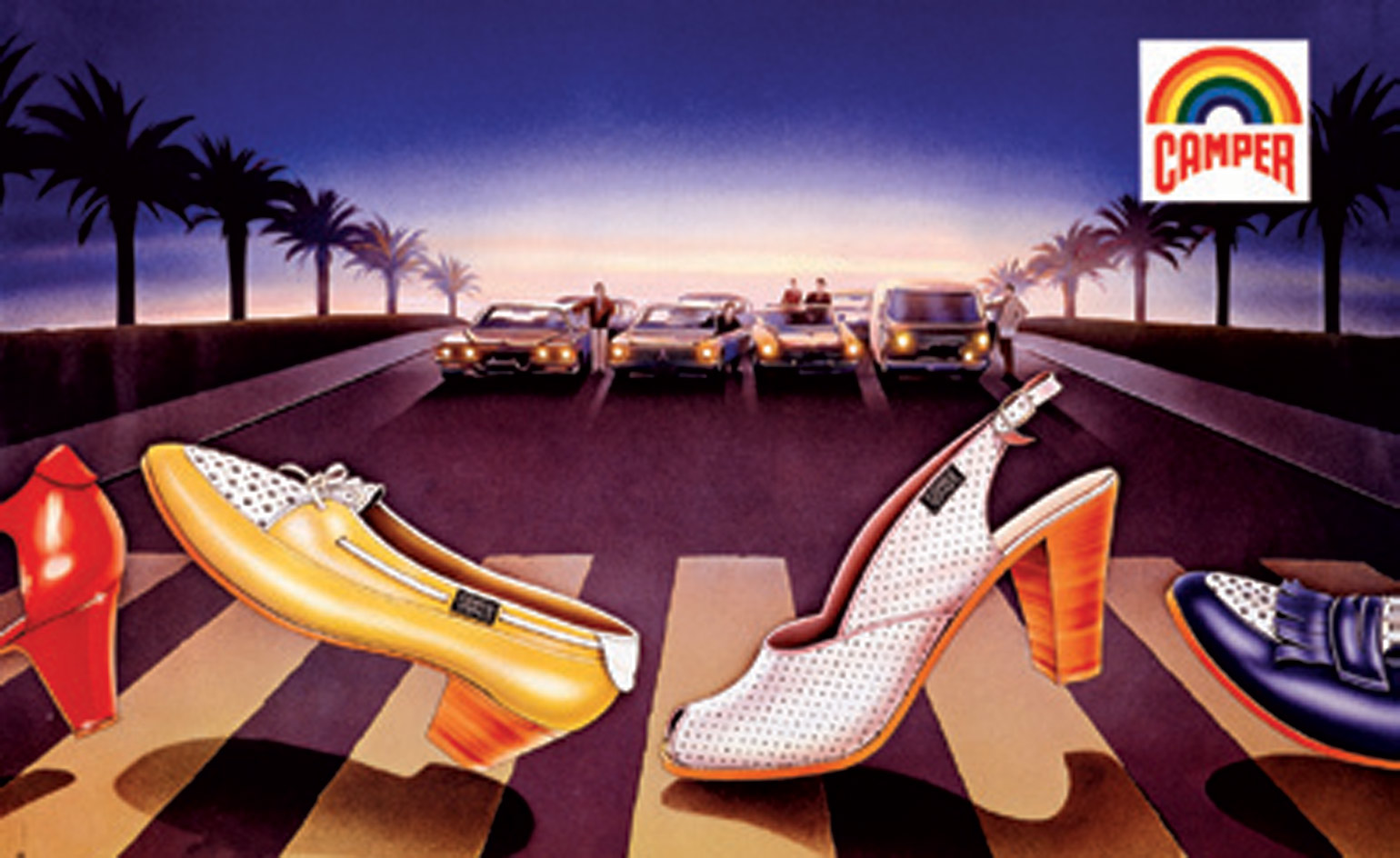
‘Today the casual shoe is everywhere, from luxury brands to sports brands, and I want to push the limits of casual and comfort, the hybridisation of classics and technology,' adds Kremer. 'The challenge is to keep questioning the meaning of casual.
ADDRESS
28 Shad Thames
London
SE1 2YD
Receive our daily digest of inspiration, escapism and design stories from around the world direct to your inbox.
-
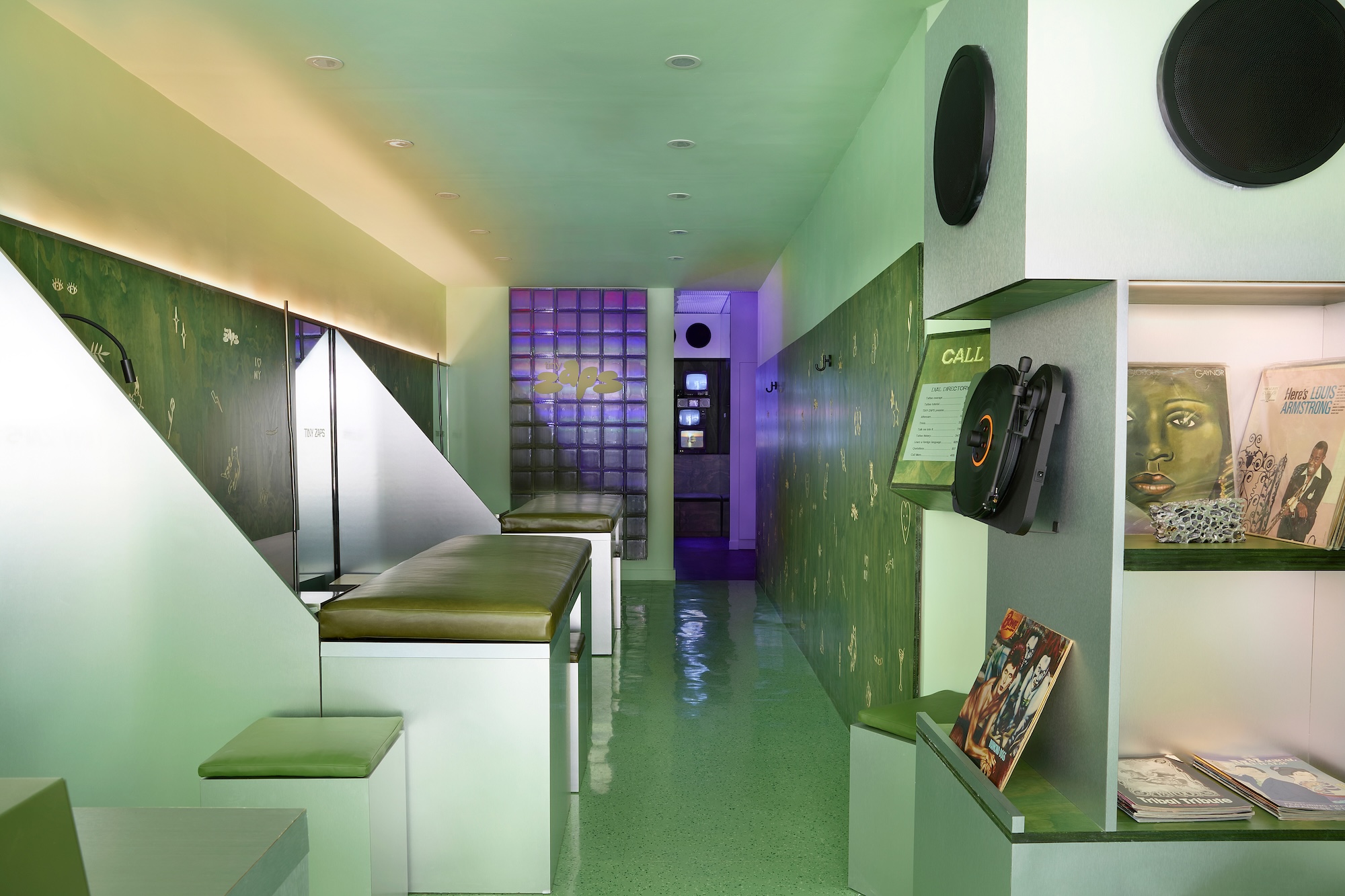 Terrified to get inked? This inviting Brooklyn tattoo parlour is for people who are 'a little bit nervous'
Terrified to get inked? This inviting Brooklyn tattoo parlour is for people who are 'a little bit nervous'With minty-green walls and an option to 'call mom', Tiny Zaps' Williamsburg location was designed to tame jitters
-
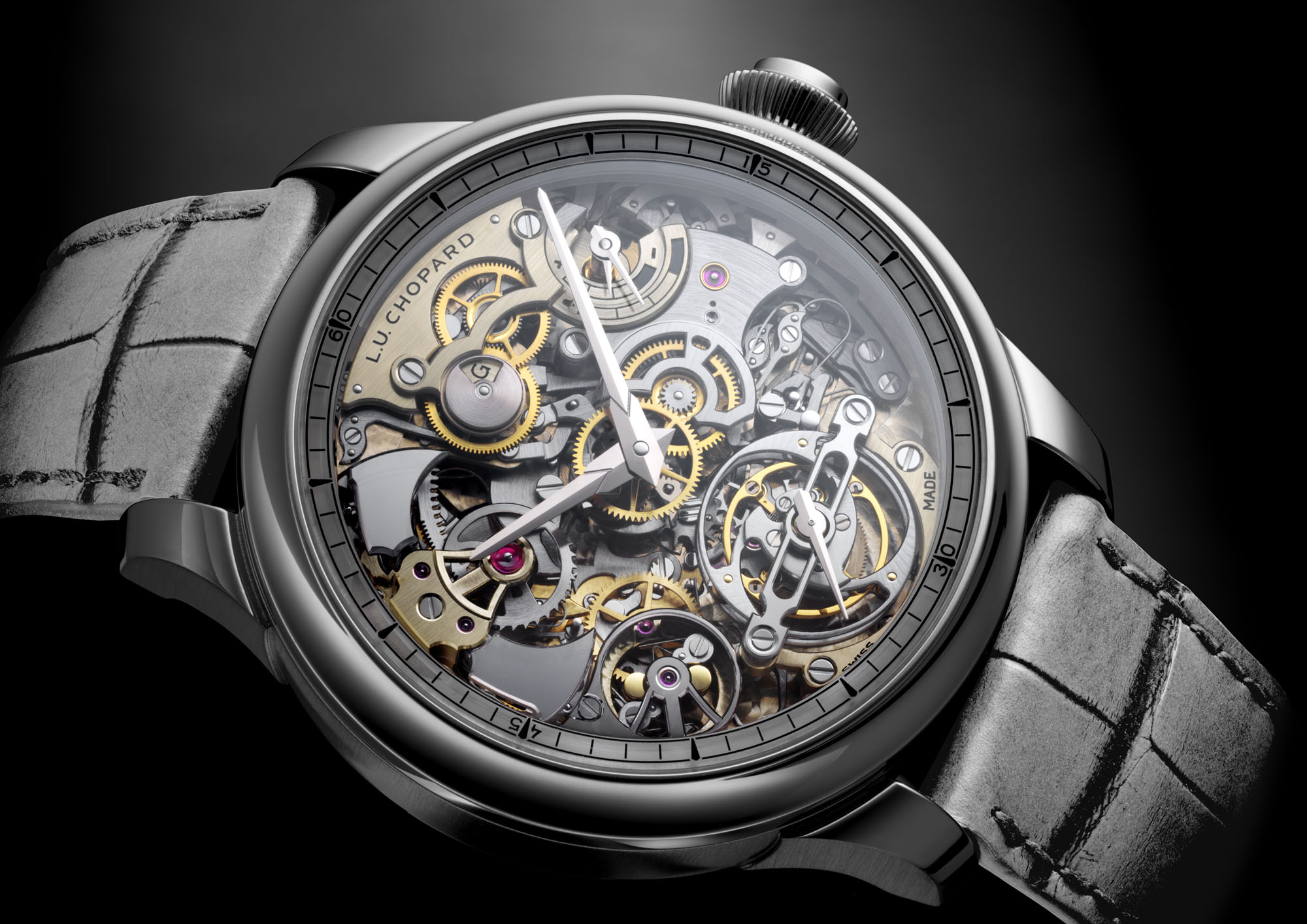 Let’s hear it for the Chopard L.U.C Grand Strike chiming watch
Let’s hear it for the Chopard L.U.C Grand Strike chiming watchThe Swiss watchmaker’s most complicated timepiece to date features an innovative approach to producing a crystal-clear sound
-
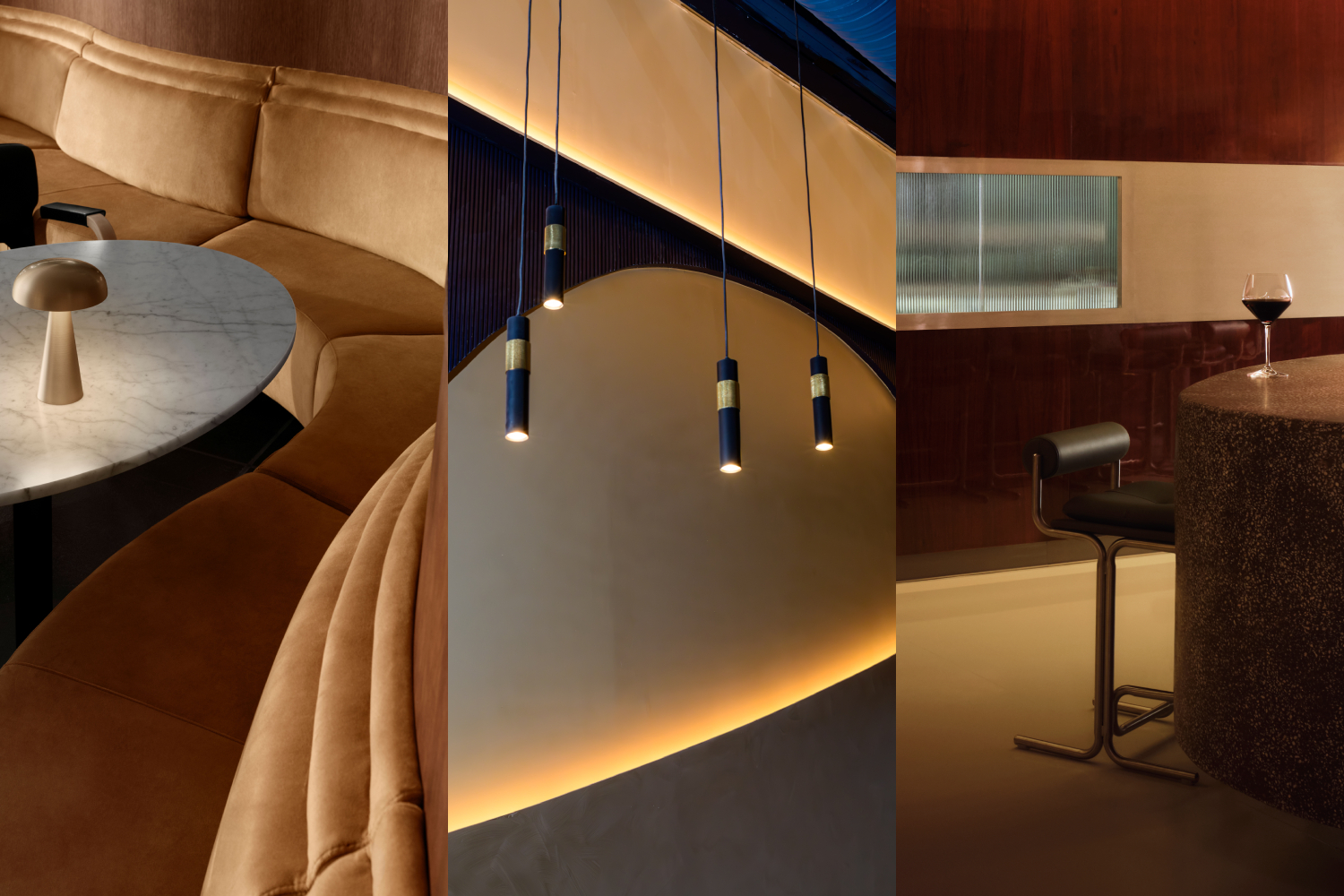 Form... and flavour? The best design-led restaurant debuts of 2025
Form... and flavour? The best design-led restaurant debuts of 2025A Wallpaper* edit of the restaurant interiors that shaped how we ate, gathered and lingered this year
